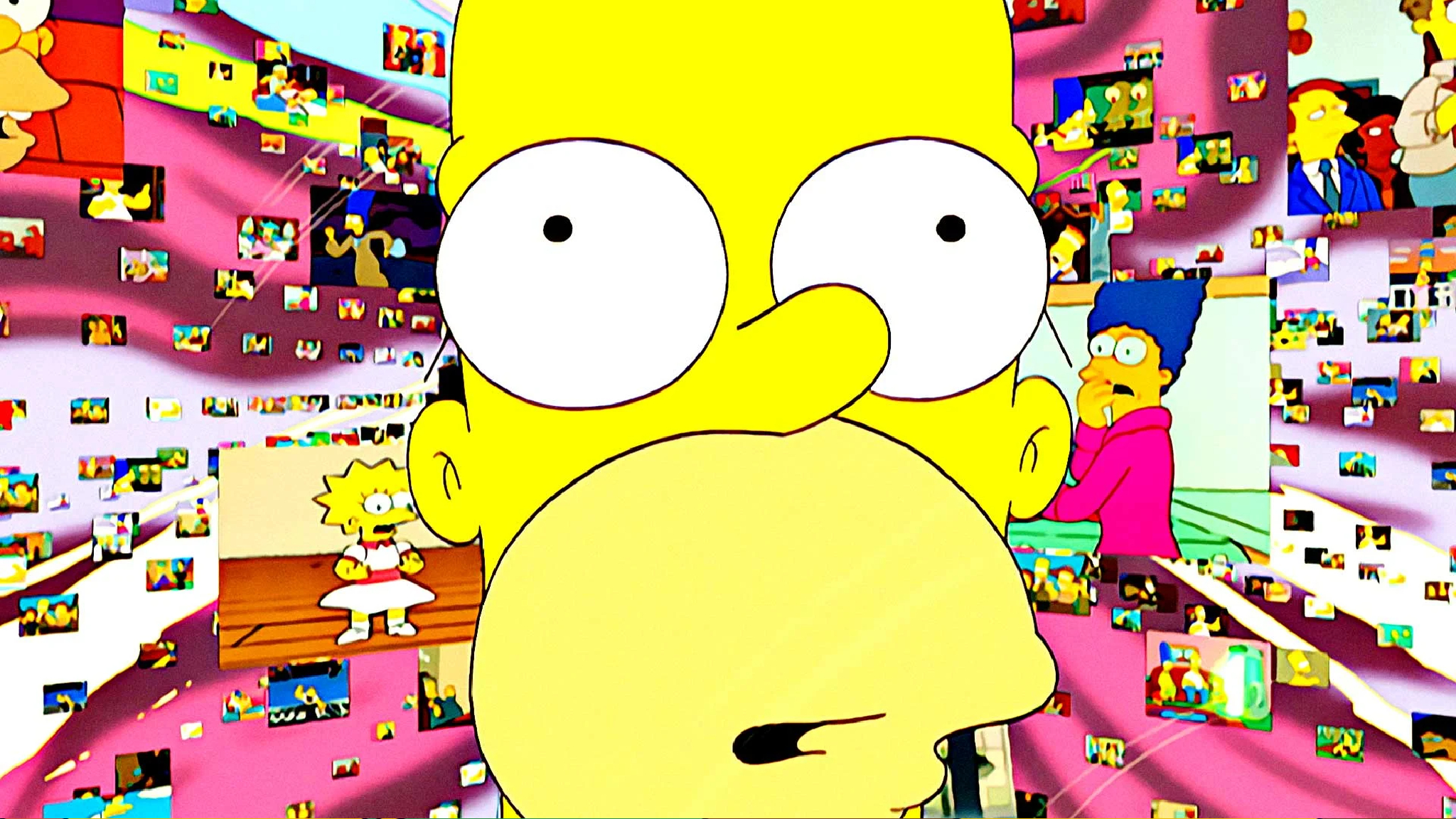
Few animated series in pop culture history have achieved the level of success or longevity as “The Simpsons.” Debuting in 1989, it has become one of the most recognized animations over its extensive run. However, many believe that the show has been on a downward trend for nearly two decades, with its best years often considered long gone. After the first season, “The Simpsons” is said to have entered its golden age, with seasons 2 through 10 generally regarded as the peak in terms of consistent quality.
Despite what you might think based on watching The Simpsons after its ‘golden age’, not all episodes are less quality. Though there may be debates about the consistency of later seasons, numerous high-quality episodes prove that the show continues to excel. In fact, in certain periods of its more recent run, The Simpsons has produced some truly outstanding stories.
1) “Behind the Laughter” (S11, E22)

During the debut of “Behind the Laughter”, some viewers might argue that The Simpsons’ golden era was already fading, with season 11 being the first to noticeably decline in quality. The episode adopts a self-referential narrative style, delving into the characters’ lives beyond Springfield and satirizing the TV series Behind the Music. It also explores the alleged family conflicts within the Simpsons, as well as the unprecedented real-world popularity that the show had achieved.
The reason “Behind The Laughter” stands out is its self-awareness. It reflects on the unparalleled success the show achieved during its golden age, hinting at the subtle transformations it had already undergone. The innovative portrayal of the characters in this episode made for a fantastic season 11 finale and left an indelible mark due to the unique humor it introduced, which was a departure from the show’s traditional style.
2) “Trilogy Of Error” (S12, E18)
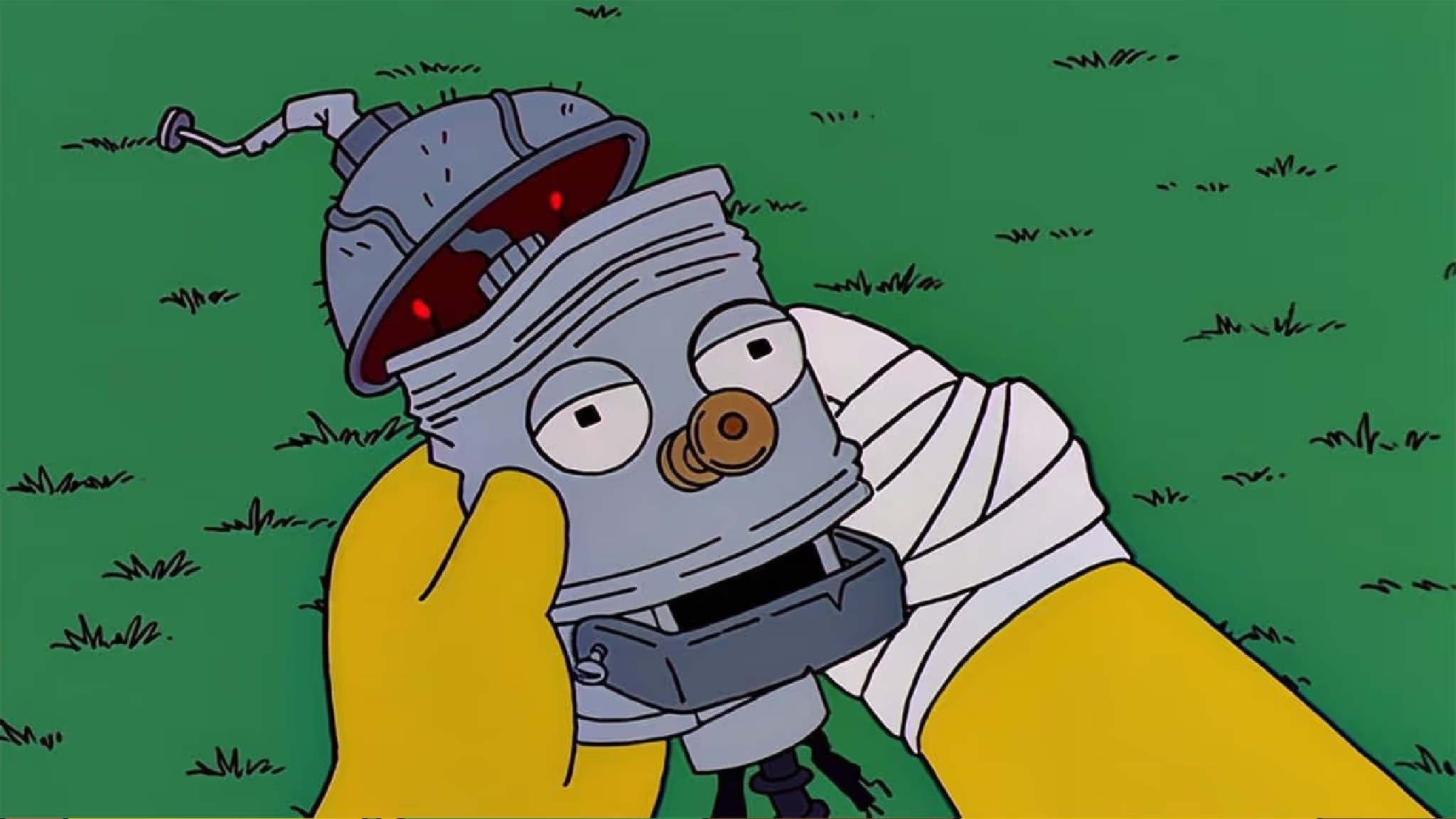
As well as being known for its endless quotability and its ability to predict the future, The Simpsons has also made a habit of playing with its own format in innovative ways. Season 12 saw the show do just that with the episode “Trilogy of Error”, with a story that unfolded following three individual characters in an intertwined narrative. Its non-linear approach to the episode’s story earned it considerable praise from critics and viewers alike.
What makes “Trilogy of Error” a great episode is the way it pushes the show’s typical boundaries. Its three connected stories being told in a non-linear fashion was favorably compared to movies such as Pulp Fiction, and the episode was also able to offer up plenty of laughs as well as a memorable storytelling premise. Despite coming after the show’s golden age, “Trilogy of Error” remains one of the most beloved episodes of The Simpsons.
3) “Eternal Moonshine of the Simpson Mind” (S19, E9)
Despite the common belief that The Simpsons might have run out of new ideas during season 19, “Eternal Moonshine of the Simpson Mind” demonstrated otherwise. In this episode, Homer wakes up with no recollection of the previous night’s events, leading him to piece together his hazy memories. These fragments hint that he may have driven his family away due to a drunken rage, although it turns out not to be true in the end. However, this plotline served as an opportunity for The Simpsons to delve subtly into one of Homer’s more challenging character traits.
In this rephrased version, the episode stands out for its blend of sci-fi humor and an introspective look at Homer’s drunken past, creating a surprisingly impactful viewing experience. As we watch Homer reflect on his alcohol consumption and recognize how it has affected his relationship with his family, we gain insights into his character. The title “Eternal Moonshine of the Simpson Mind” is fitting as it effectively combines a poignant narrative with a heartwarming conclusion, maintaining the show’s traditional warmth despite its thought-provoking themes.
4) “Holidays Of Future Passed” (S23, E9)

Even though “The Simpsons” didn’t air its top Christmas episode until over a decade past its prime time, it was season 23’s “Holidays of Future Passed” that stood out. This episode follows the future life of the Simpson family, where Lisa and Bart return with their own children to celebrate the holidays with Homer and Marge. It shows the siblings rekindling their bond and reminiscing about their past, while also hinting at the kind of grandparents Homer and Marge might become.
Originally planned as the series finale, “Holidays of Future Passed” turned out to be false, but it remains a heartwarming and thought-provoking representation of post-golden age Simpsons. Reflecting on their past, Bart and Lisa offer viewers a chance to contemplate how the characters may view themselves. Watching Homer transform into a devoted grandfather is gratifying in its own right. This episode successfully recalls the show’s golden era while looking forward, making it one of the strongest episodes in recent seasons.
5) “Barthood” (S27, E9)
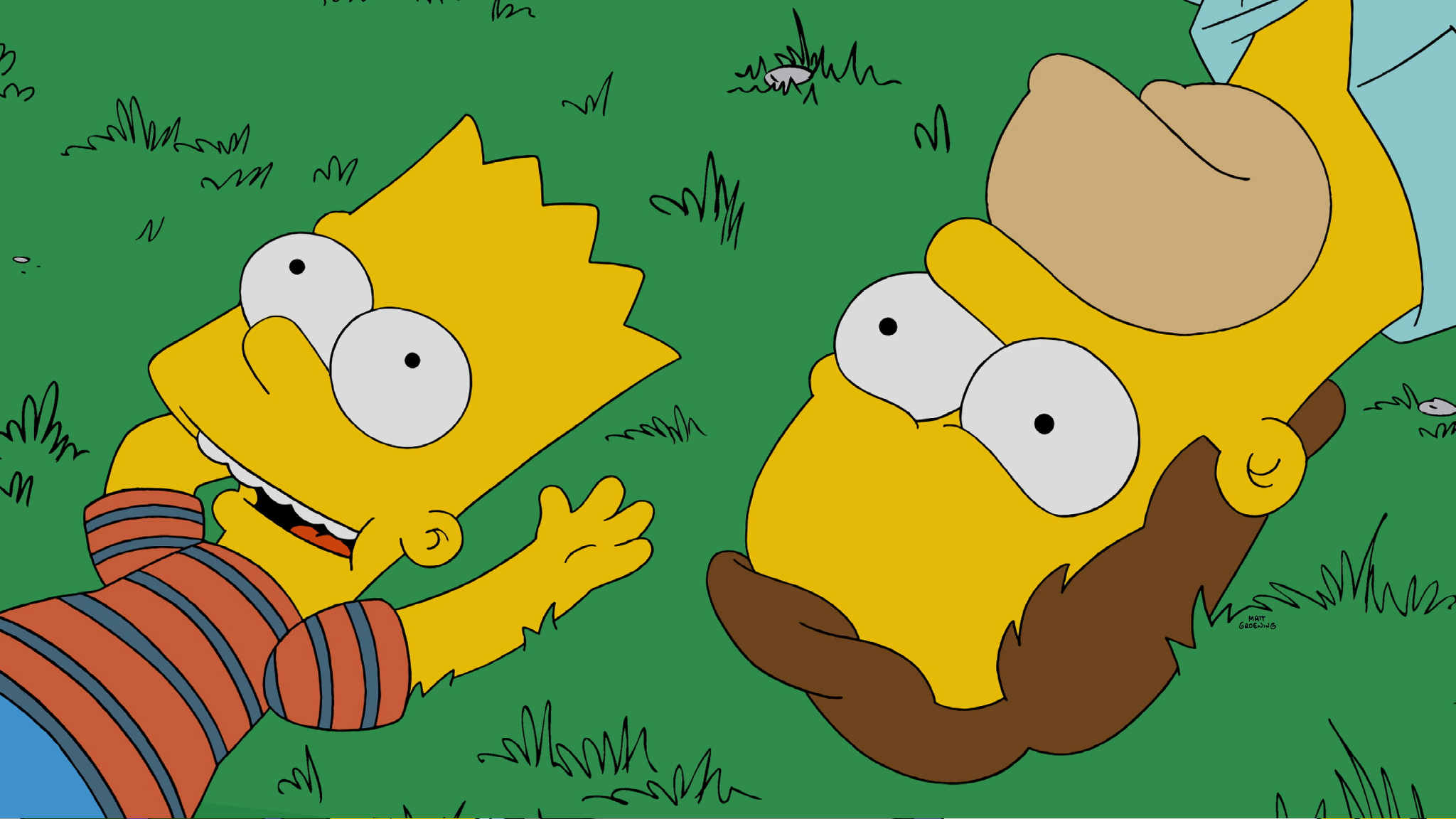
In Season 27, an episode titled “Barthood” was unveiled, drawing inspiration from Richard Linklater’s 2014 film Boyhood. This installment chronicles Bart Simpson’s life from age six to adulthood, primarily focusing on the antics of The Simpsons family’s mischievous member. While tribute episodes from The Simpsons often fall short in replicating the success of their cinematic counterparts, “Barthood” managed to capitalize on the concept of tracing a character’s life journey effectively.
The outcome is an episode that fully embodies the finest aspects of the show. It delves into some recurring jokes from Bart’s point of view, providing a unique understanding of his problematic actions that resonates with the character’s internal struggles against his family. The narrative provides a fresh perspective on Bart’s feelings towards his family, both how they perceive him and how he perceives himself, making it a thought-provoking and emotionally impactful episode.
6) “The Last Barfighter” (S32, E22)

In “The Simpsons,” numerous memorable secondary characters enrich the vibrant town of Springfield and play a significant role in the show’s popularity. Some characters have even taken center stage, like Moe Szyslak, the bartender, who was recently featured in season 32’s “The Last Barfighter.” This episode borrowed themes from the John Wick series, with Moe being expelled from a secret fraternity of bartenders called the Confidential. This exclusion affected not only Moe but also his regular bar patrons.
Switching a secondary character to the main focus is often invigorating, and what truly sets “The Last Barfighter” apart is its unwavering commitment to its concept. This episode skillfully incorporates aspects reminiscent of “John Wick“, while also featuring the guest appearance of Ian McShane. It’s an episode that may not be groundbreaking, but it demonstrates that even with over 30 seasons under its belt, The Simpsons can still produce exceptional episodes that capture the essence that made the show’s golden age so extraordinary.
7) “A Serious Flanders” (S33, E6 & E7)

In a departure from their usual format, “The Simpsons” seldom delves into two-part episodes, but when it does, it tends to produce something impressive. The latest example is “A Serious Flanders” from Season 33, which was heavily influenced by shows like “Fargo” and the broader trend of prestige television and crime dramas. Distinct from the regular storyline, “A Serious Flanders” unfolds as Ned Flanders becomes embroiled in a predicament when he finds a stash of money, drawing the ire of a vengeful crook.
Although adopting a more intense and aggressively humorous style, “A Serious Flanders” stands out as one of the funniest episodes aired following the show’s peak period. The series creators effectively placed familiar characters in novel scenarios and experimented with different storytelling formats, keeping viewers intrigued. Notably, this episode didn’t solely revolve around the Simpson family, adding to its appeal. This two-part installment represents one of the show’s most inventive and daring recent productions, demonstrating exceptional post-golden age talent.
8) “Pixelated and Afraid” (S33, E12)
![]()
Season 33 of “The Simpsons” might have thrived by taking chances, yet it provided an episode that seemed fit for inclusion among the show’s finest years. “Pixelated and Afraid” centers around Marge and Homer getting stranded in the wilderness, forced to rekindle their relationship. The survival struggle places the emphasis squarely on their marriage, reminiscent of classic golden age episodes like “Natural Born Kissers” or “Life on the Fast Lane”.
The story starts off by offering a peek into Marge and Homer’s long-standing marriage, showcasing their familiarity that borders on routine, and suggesting a certain absence of romantic spark. However, when they find themselves in peril, this situation evolves into a poignant exploration of what makes them one of television’s most endearing couples, and why their union has withstood over three decades of The Simpsons’ escapades. This episode stands out as one of the most touching installments of The Simpsons, not only in recent times, but also among its all-time best.
9) “Not IT” (S34, E5)
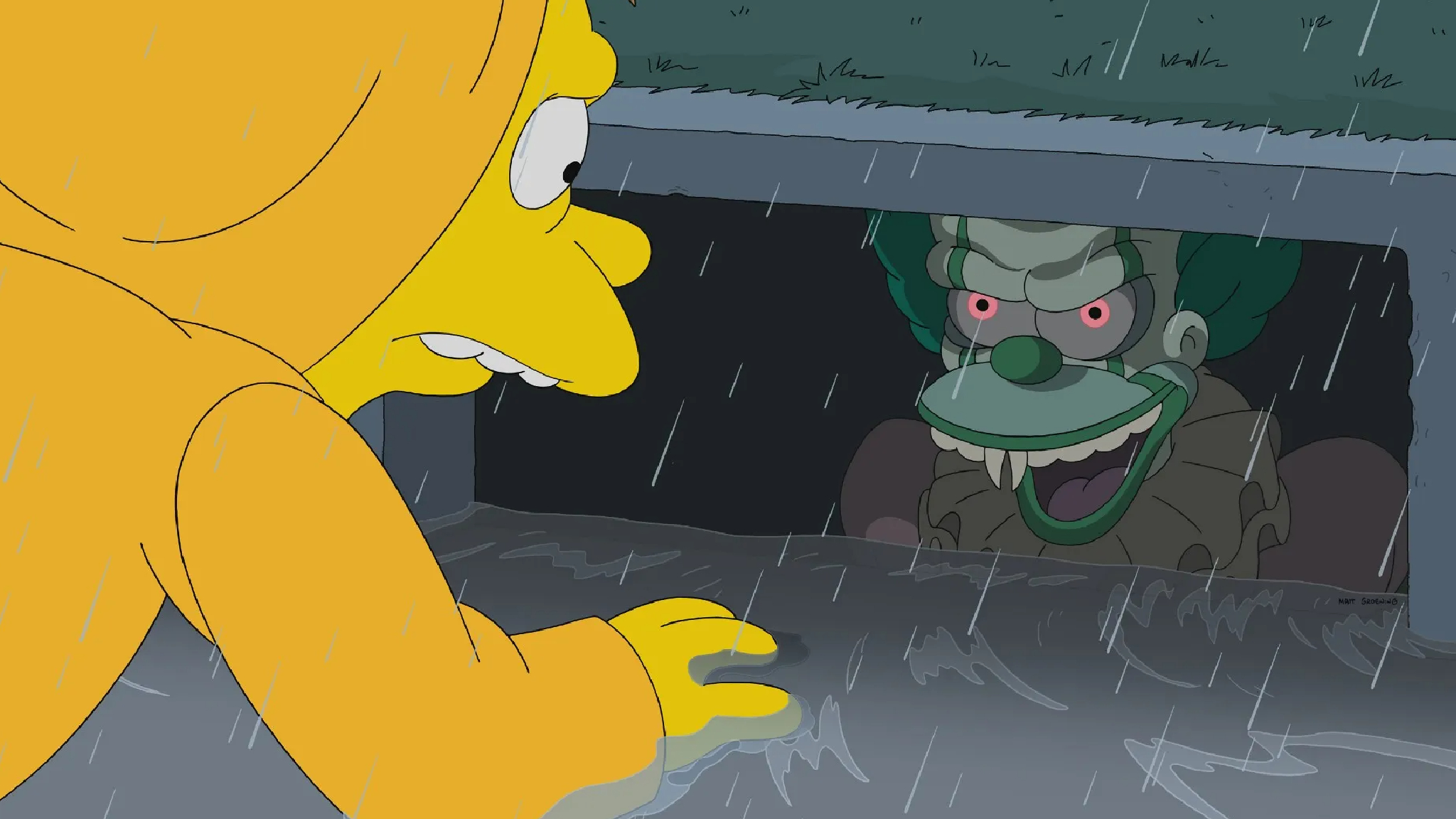
While most outstanding Halloween episodes from “The Simpsons” fall under the Treehouse of Horror series, there are exceptions like these that deviate from the usual anthology structure. The episode “Not IT” from Season 34 stands out as one such example, lampooning Stephen King’s “It” and its film versions. In this episode, Homer, Marge, Moe, Carl, and Comic Book Guy are portrayed as both children and adults engaged in a battle against the menacing clown Krusto, offering a fairly straightforward spoof of the popular Stephen King horror tale.
The reason “Not IT” stands out as an excellent episode is due to its clever parody. It skillfully adapts the story with a fair degree of accuracy, despite having a brief runtime, all while offering numerous humorous moments and satirical jabs at Stephen King’s other works. This episode is one of The Simpsons‘ most notable recent parody episodes, demonstrating that even after thirty-four seasons, the show’s knack for entertainment remains strong as it seamlessly blends genres.
10) “Treehouse of Horror XXXIII” (S34, E6)
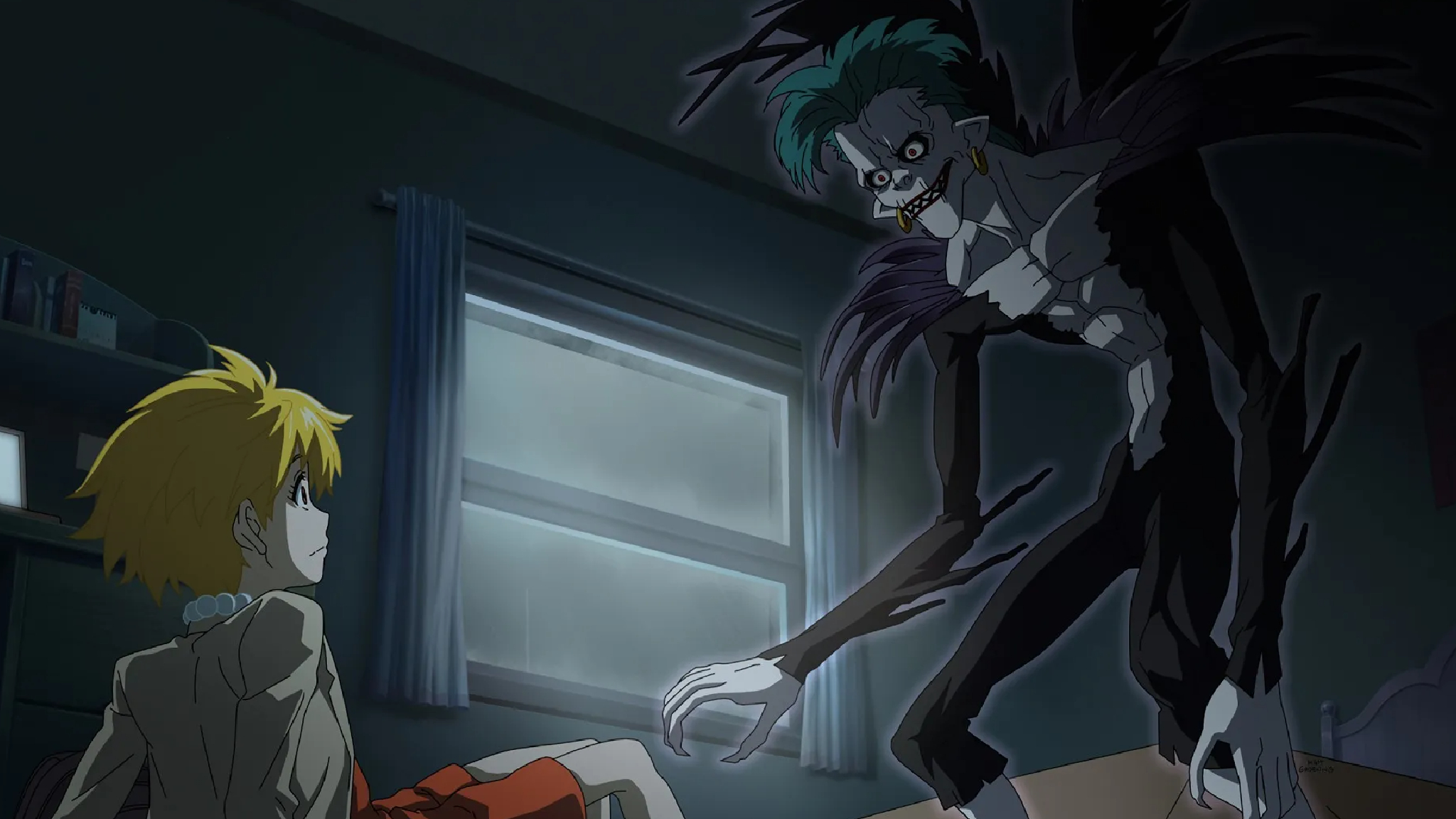
The annual “Treehouse of Horror” episodes in The Simpsons have become a beloved tradition, even though some produced after its peak era didn’t quite measure up. However, season 34’s “Treehouse of Horror XXXIII” was an exception to this trend. In “The Pookadook,” the show paid tribute to the horror film The Babadook, while “Death Tome” mimicked the anime style of Death Note. Lastly, “Simpsons World” took inspiration from Westworld, featuring self-aware Simpson robots who were made to relive iconic scenes from the show’s golden era in a theme park setting.
Besides the distinct art design of “Death Tome”, the episode’s parodies echoed the initial brilliance of the show’s Treehouse of Horror segments. The “Simpsons World” stands out as a remarkably self-reflective exploration of the series being stuck in the limelight of its past, filled with numerous nods to classic episodes. It’s heartening to see that even in its latest seasons, The Simpsons is still capable of producing outstanding episodes, long after the supposed end of its golden age.
https://comicbook.com/tv-shows/news/new-king-of-the-hill-divorce-kahn-missing/embed/#
Read More
- Ashes of Creation Rogue Guide for Beginners
- Best Controller Settings for ARC Raiders
- Meet the cast of Mighty Nein: Every Critical Role character explained
- How To Watch Call The Midwife 2025 Christmas Special Online And Stream Both Episodes Free From Anywhere
- Eldegarde, formerly Legacy: Steel & Sorcery, launches January 21, 2026
- Avatar 3 Popcorn Buckets Bring Banshees From Pandora to Life
- Tougen Anki Episode 24 Release Date, Time, Where to Watch
- Fishing Guide in Where Winds Meet
- 7 Most Powerful Stranger Things Characters Ranked (Including the Demogorgon)
- This RAM Crisis Is Looking Like a Nightmare for the PS6
2025-07-13 16:11